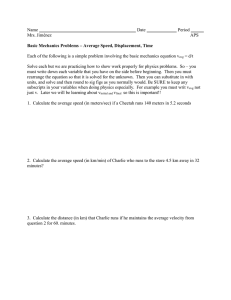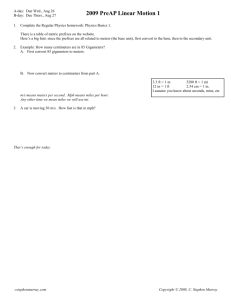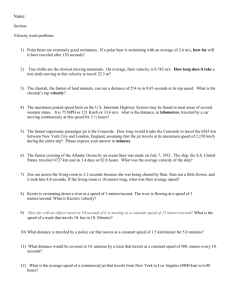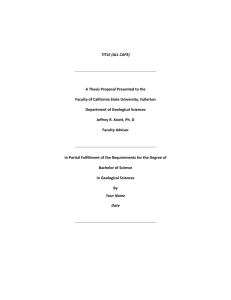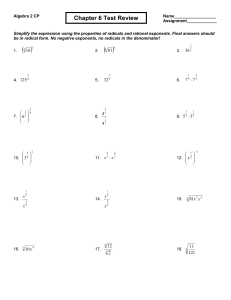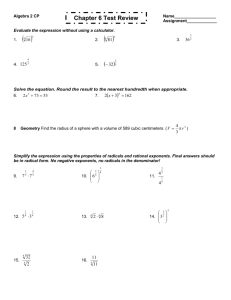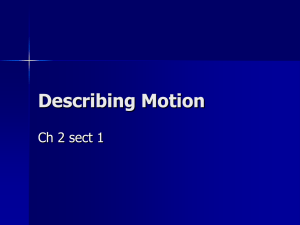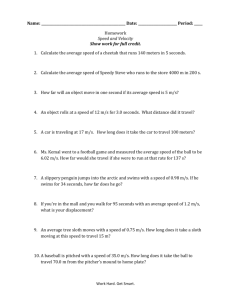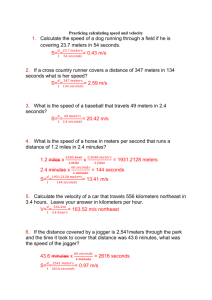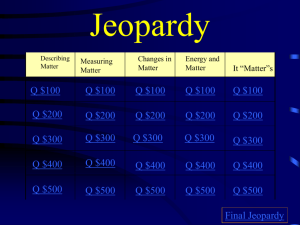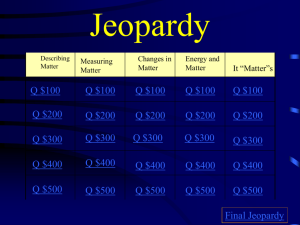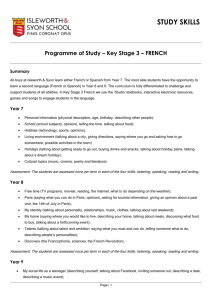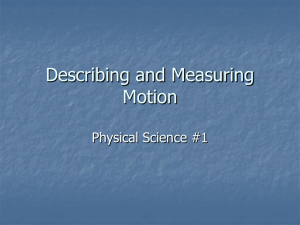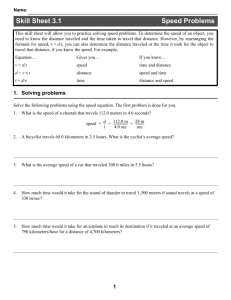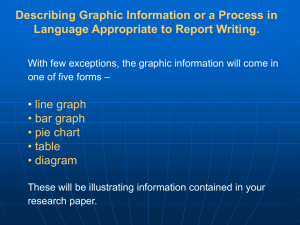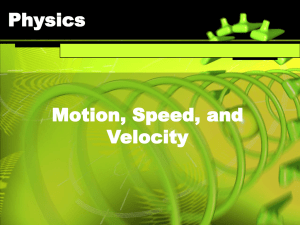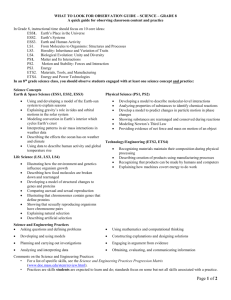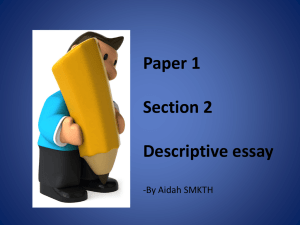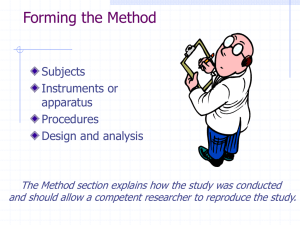motion
advertisement
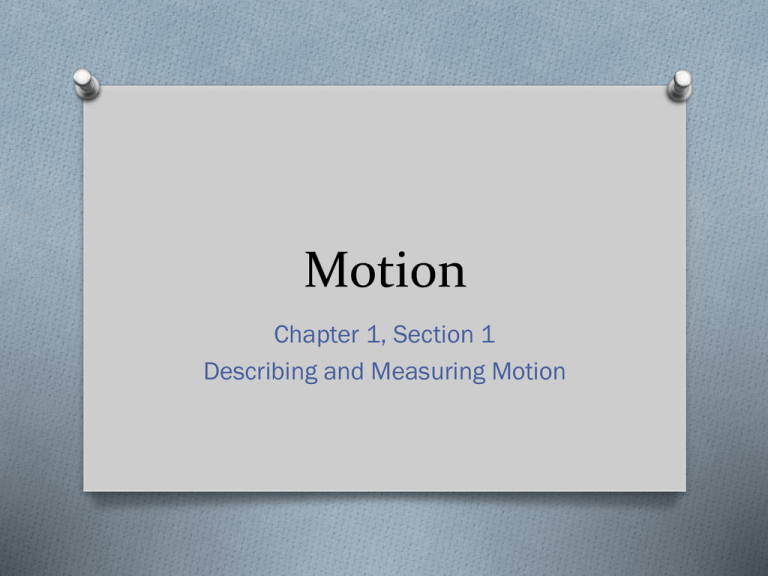
Motion Chapter 1, Section 1 Describing and Measuring Motion Describing Motion O Not always easy to describe if an object is moving O “An object is in motion if its distance from another object is changing.” (p7) O Reference Point – a place or object used for comparison to determine if something is in motion. (p7) O Use objects like trees or buildings O The answer to the question “is it moving?” depends upon the reference point chosen. O Ex. A chair vs. the sun (p.8) O Use measurement to be more specific when describing motion. O International System of Units (SI) – system of measurement used by scientists. O Unit of measurement used for length is meters (m) O May also be in centimeters (cm), millimeters (mm), etc. Calculating Speed O You can calculate speed if you know both the distance and object traveled and how long it took to reach its destination. O Speed = Distance / Time O If distance is measured in meters and time is measured in seconds, your answer would be labeled m/s (meters per second). O Most objects to not move at a continuous speed. It changes as the object moves (may speed up or slow down) O Average Speed – total distance traveled divided by the total time. O Instantaneous Speed – the rate at which an object is moving at a specific time. Describing Velocity O To fully describe the motion of an object you also need to know the direction it is traveling. O Velocity – speed in a given direction O Ex. 25 mph west O Important for air traffic controllers to know the speed and direction of planes O Important for pilots and stunt pilots to be able to keep control of the airplane Graphing Motion O To show motion in a graph, create a line graph. O Time is on the x-axis O Distance is on the y-axis
